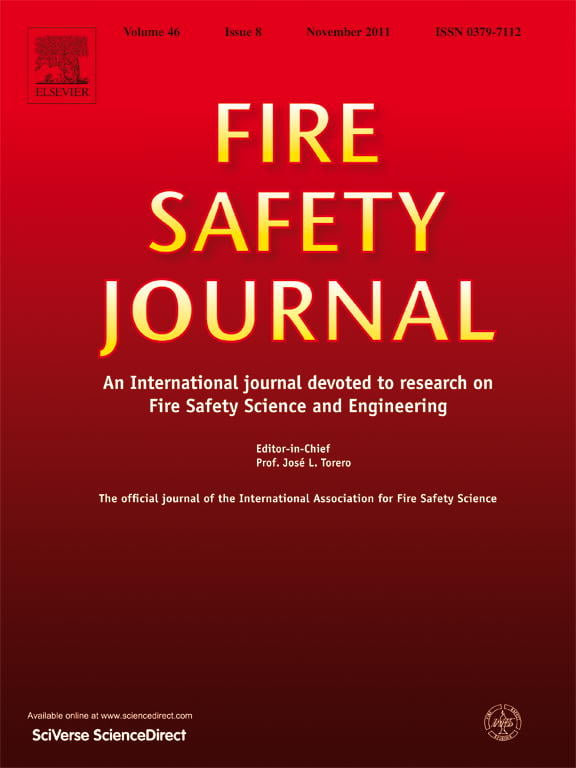
A Fire Safety Journal article and a thesis from Oregon State University find little existing science and identifies research and data gaps. Of nearly 100 publications identified, most concern research methodology, pollutions following exceptional fire events or general construction earthquake – fire resilience, and only very few address building fire statistics (e.g. Lin 2005), general environmental impact of fires (Martin 2016 – see below, Fischer & Varma 2016) or integration of accidental fires into Life Cycle Analysis (Hamzi 2008, Chettouh 2014, 6 papers by McNamee Simonson, Andersson, Marlaiir et al. 1999, 2004, 2004, 2005, 2006, 2015).
Few of the publications identified are recent. A Delphi process was then implemented to identify and prioritise research gaps, involving ten experts (consultants, science and research).
The main research priorities identified were the need for more statistical data on number and severity of fires, fire origin and extent of fire spread in different buildings, and data on contamination of air, water and soil resulting from fires.
“Identifying and prioritizing research gaps for the incorporation of fires in life cycle analysis of structures: A Delphi survey of international experts”, MSc thesis T. Thorp, University of Oregon, 10th May 2021 https://ir.library.oregonstate.edu/concern/graduate_thesis_or_dissertations/6q182t340
“A Delphi study to identify and prioritize research gaps for the incorporation of a fire into life cycle assessment of structures”, Fire Safety Journal 129 (2022) 103571 https://doi.org/10.1016/j.firesaf.2022.103571